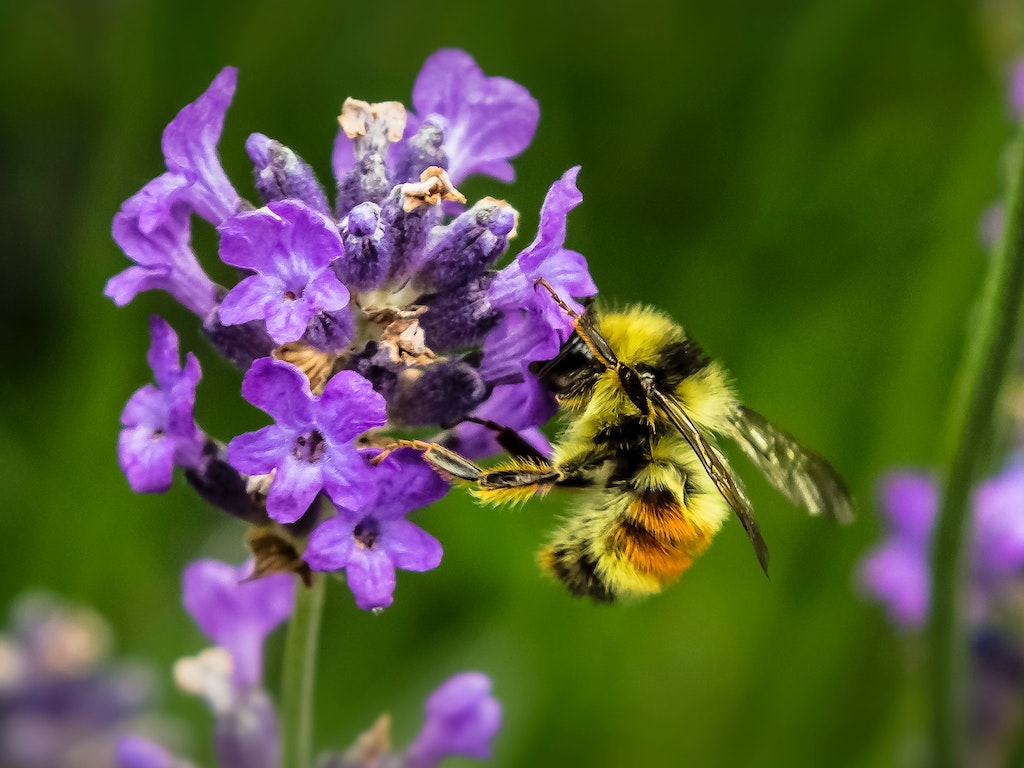9 Mins Read
Bees are a key player in the human food ecosystem. Depending on which numbers you believe, bees pollinate anywhere from a third to over half of all the food we eat. Most people don’t realise that without bees, there’s no food – – conventional, organic or otherwise. We need bees more than ever and yet, we employ destructive agriculture practices that harm them including our excessive pesticide use. But it’s more than that.
The average person is aware that vegans don’t consume any product with animal meat, dairy or eggs, though when it comes to the sweet, viscous byproduct of bees – aka honey – many are left puzzled. Why isn’t honey considered vegan? And more importantly, what’s wrong with consuming honey, especially if we need to save the bees?
For many of us, bees evoke nature – a field of flowers, an oozing honeycomb, a warm summer’s day. The truth about commercial beekeeping is unfortunately much darker, and unlike slaughterhouses, the ethical and environmental issues of this exploitative industry haven’t hit mainstream awareness yet. Below we delve into the whole bee truth and nothing but.
What is honey?
Some of the commonly Googled questions include “is honey bee vomit” and “is honey bee poop?”, and the answer to both those questions is no. So first of all, we need to take a look into what honey really is by breaking down how it is made.
Honey bees live in colonies called hives, and they fly away from their hives to forage for pollen, propolis and nectar. The nectar is what is used to make honey, and is extracted from various flowers using the bee’s tongue and is stored in its crop – the “honey stomach”. Bees actually have not one, but two stomachs – one for eating, and another for honey. When its honey stomach is completely full, bees can almost double its weight.
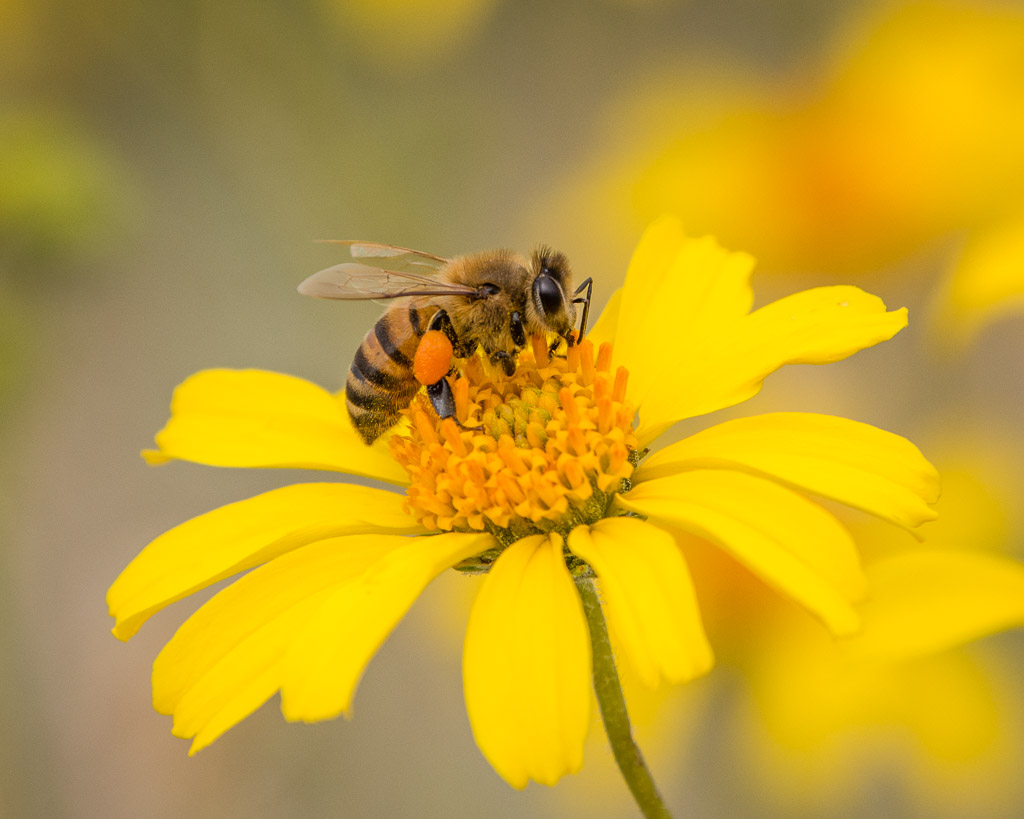
When honey bees fly back to the hive, they begin to secrete enzymes that help to change the acidity and composition of the nectar to make it suitable to keep a long time. Upon its return, the forager bee will regurgitate what’s in its crop, and pass it onto a house bee. This process is called trophallaxis.
House bees then process the nectar internally, chewing it and adding more enzymes into it, which breaks down the complex sugars into simple sugars. After this, it is placed into the cells of beeswax. Over time, bees will dehumidify the nectar by fanning it with their wings, taking the moisture away from the nectar, creating the syrupy and gooey honey that we know.
Why is it not vegan?
Remember that veganism is a lifestyle that seeks to exclude, as much and as far as possible, all kinds of animal and animal-derived foods, clothing or any other product. Vegans also do not believe in exploiting animals for human purposes. While many people know that bees produce honey, it may still be unclear what exact mechanisms involved in producing honey – especially in industrial manufacturing – is not vegan-friendly.
Derived from bees
Firstly, as we discussed in the above section, honey requires bees – a living creature – to make in a process called trophallaxis. Without the enzymes that bees release into the nectar that is sloshed around in their bodies, there wouldn’t be any honey. It is a by-product of bees, and therefore unsuitable for vegans, who exclude all products that are animal or animal-derived.

Honey is survival food for bees
There is a common misconception that honey bees make honey for us. It couldn’t be further from the truth – bees store pollen and honey during their active summer months because it is what they survive on in the winter period when conditions are not suitable for bees to find any flowers to forage from. Simply put, honey is survival food for bees.
Over one year, the average colony of bees consume between 120 to 200 pounds of the honey they make and store in their capped cells.
How is commercial beekeeping exploitative?
Vegans also take a stand against exploitation of sentient beings, and many see beekeeping as an industry that is mired in unethical practices. It has been well documented that raising bees for honey, especially for commercial purposes, uses techniques that are considered exploitative in different ways.
Artificial insemination
Commercial honey producers usually artificially inseminate the queen bee, and forcibly remove her wings to prevent her from leaving the hive and colonising another one. This is done because some brands may wish to breed particular types of bees that are more docile or are more efficient producers of honey. But in addition to violating the queen bee, drone bees have to die in the process – their bodies are crushed and inverted to obtain the sperm.
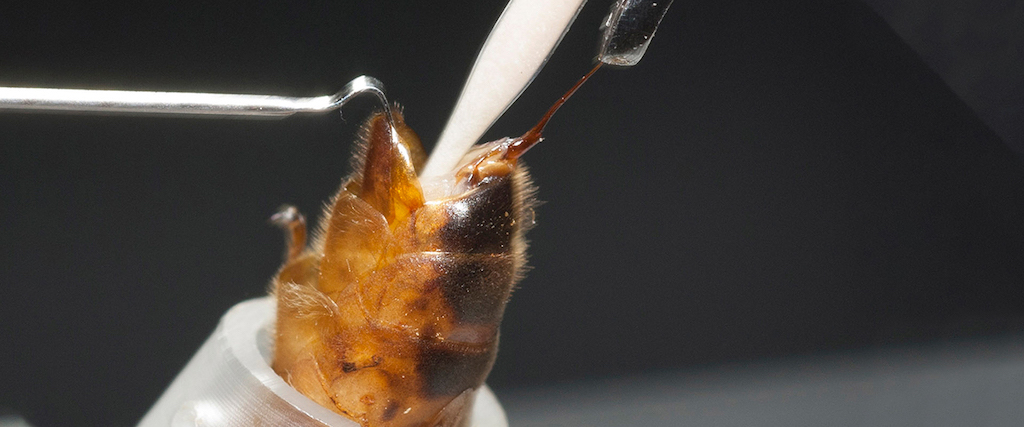
Deliberate culling
Every few years, beekeepers kill the queen bee and replace them with a new one. This is an unnatural process – left alone, bees themselves decide if and when to remove the queen.
Some commercial beekeepers kill the entire hive after the end of every pollinating season so they can cut costs by not needing to look after an existing colony, and simply start again with a new bee colony when the season begins again. Beekeepers may also choose to destroy an entire colony when there is an outbreak of disease.
Unavoidable loss of life
Even when beekeepers do not intentionally hurt the hive, many bees are accidentally injured, crushed or killed in the process of honey harvesting. While smaller bee operations may be able to employ gentler methods, such as sweeping bees off honeycombs with a brush, large-scale commercial operations tend to use the most time-efficient method, such as leaf blowers or even harmful essential oils to rid bees off the honeycomb.
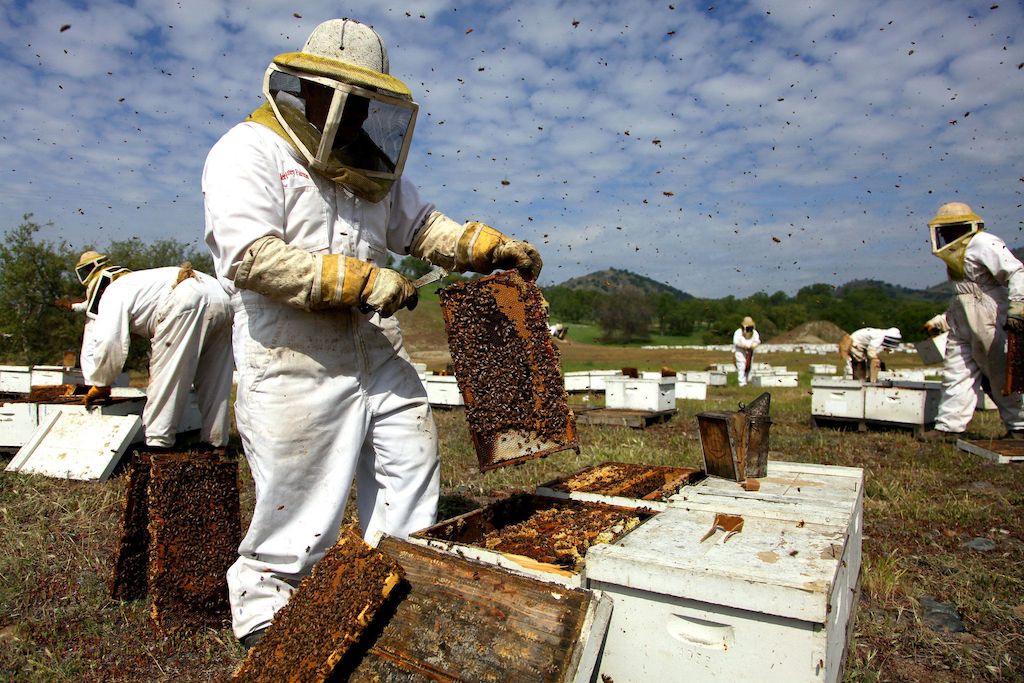
Animal testing
Finally, honey is a product that is often tested on other animals. Some animals involved in the testing process include rats, dogs, sheep, cattle, horses, rabbits, donkeys, goats and cats. They are surgically wounded to see whether a particular honey would have an effect on wound healing, and larger animals are usually dissected after testing to see whether honey affects metabolism, hormonal profiles and bone mass.
The environmental impact of honey production
Aside from the detrimental impact that industrial honey farms have on the lives of bees themselves, the process is one that damages the environment and its natural ecosystem.
Risk to wild & native bees
Wild bee pollinators have been in decline for many years across the world. Some programs are now aiming to boost pollination by shipping managed honey and bumble bees to other regions of the world. But this has led to the spread of disease, according to the latest research.
A research team at the University of California, for instance, found in 2015 that managed bees are spreading diseases to wild bees. Speaking to a local publication, Peter Graystock, the lead author of the study said that “even in cases when the managed bees do not have a disease, they still stress local wild bees, making them more susceptible to disease.”

More recently, a 2018 study by Cambridge zoology researchers discovered that the rise in amateur beekeepers are also contributing to the decline of wild bees and disruption of the existing natural ecosystem. “Honey bees are artificially-bred agricultural animals similar to livestock such as pigs and cows. But this livestock can roam beyond any enclosures to disrupt local ecosystems through competition and disease,” they concluded.
Import-heavy industry
Commercially produced honey products travel long distances across the world to be imported from one country to another. According to global export market data, just five countries can account for almost half the global honey supply – Argentina, China, Mexico, Canada, and India. While the production method is the most important factor that accounts for a particular food’s carbon footprint, considering the distance of transport needed – especially via fossil fuel powered cargo ships – is also important when calculating the carbon emissions the industry is responsible for.
Rampant traceability issues
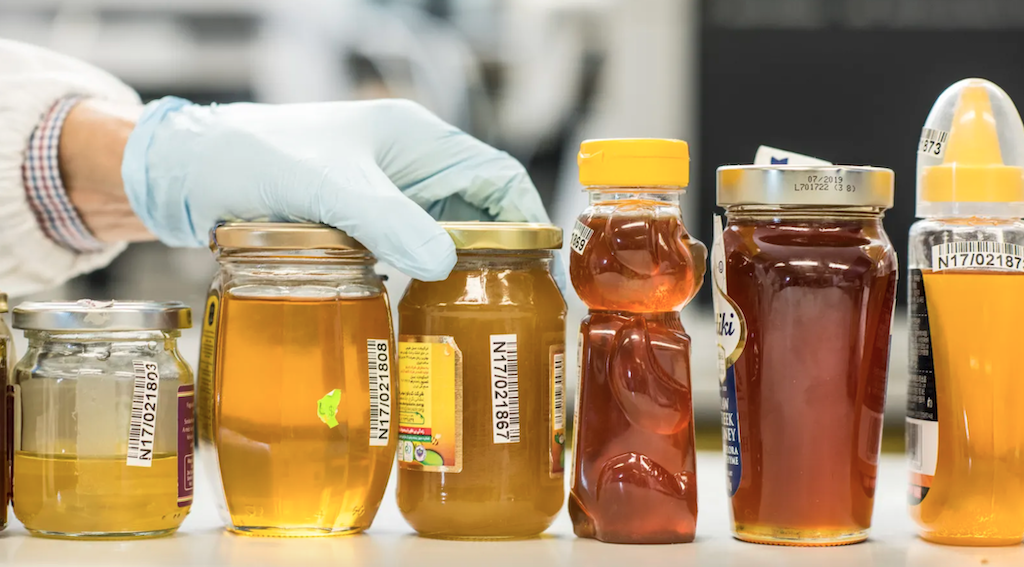
It is worth noting that many honey products are actually falsely advertised or fraudulently labelled. A study in 2017, for instance, found that almost 75% of all jars of honey from supermarket shelves were counterfeit and contained no bee pollen. Meanwhile, sugars derived not from honey were detected in more than 1 in every 10 samples of honey tested. The problem is so rampant that the European Parliament ranked honey as the 6th most faked foods in the world in a report.
What can I use instead of honey?
Luckily, we have many vegan-friendly honey substitutes that are made without the involvement of bees or any other animals. Some of these include maple syrup, rice syrup, molasses, barley malt, organic cane sugar and fruit concentrates derived from dates or figs.
Many of these vegan-friendly alternatives are also better for the environment and come with health benefits too. Sorghum, for instance, which is used to make sorghum syrup, is as heat and drought tolerant crop, requiring few resources to grow and is considered to be a climate-resilient grain. Pure maple syrup, on the other hand, is high in nutrients such as riboflavin, zinc, calcium and potassium, at times in higher concentrations than honey.
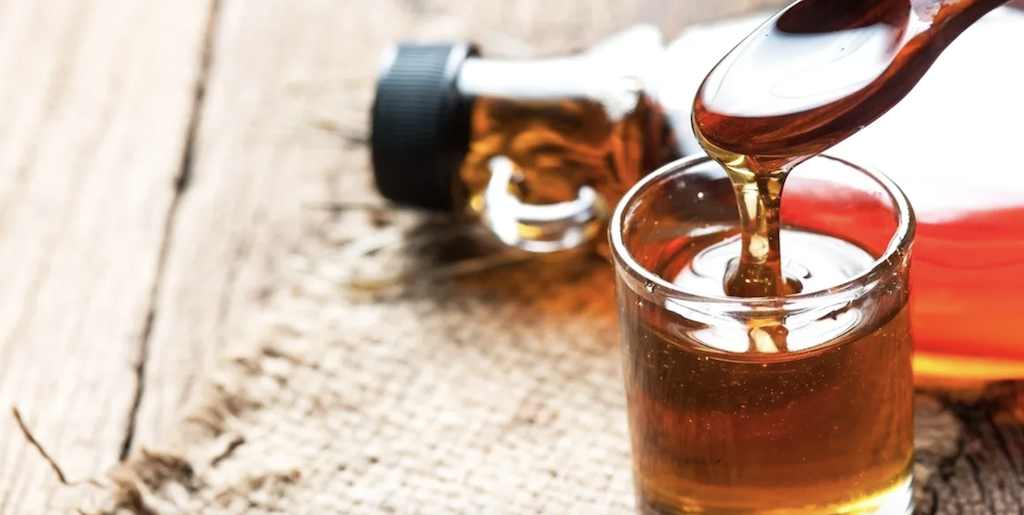
How else can I help bees?
Bees are valuable to humans – they support our global food chain because they help pollinate up to 70% of wild flowers and food crops. So if we lose bees, we could be losing our everyday foods.
But their populations are dwindling at an alarming rate every year, with one report in 2019 recording a 40% drop. “Bees are under great threat from the combined effects of climate change, intensive agriculture, pesticides use, biodiversity loss and pollution,” said the United Nations Food & Agriculture Organisation (FAO) director-general José Graziano da Silva.
So apart from avoiding honey, what can we do to support bees?
We can support organic agriculture. Organic farming practices, which does not involve the use of pesticides, fertilisers, genetically modified organisms, antibiotics and growth hormones, has been shown to help save pollinator populations such as bees and butterflies.
A 2019 study published in Biological Conservation, for instance, found that the absence of toxic pesticides, which are commonly used in conventional farming, can contribute to increased health and population stability of bees and butterflies.
Another thing that we can do is to participate in wild beekeeping, a form of regenerative agriculture, to help bees. Keeping a wild bee sanctuary in an open space, whether it is a private backyard or a community patio, where mixed farms and crops are available for wild bees to sample, can help promote the population of bee species that are native to your region. Some grassroots initiatives in France are now promoting native bee populations by creating sanctuaries. These bees are not domesticated nor do they produce honey, but all these wild bee species have a unique role to play in each ecosystem.
Lead image courtesy of Unsplash.

